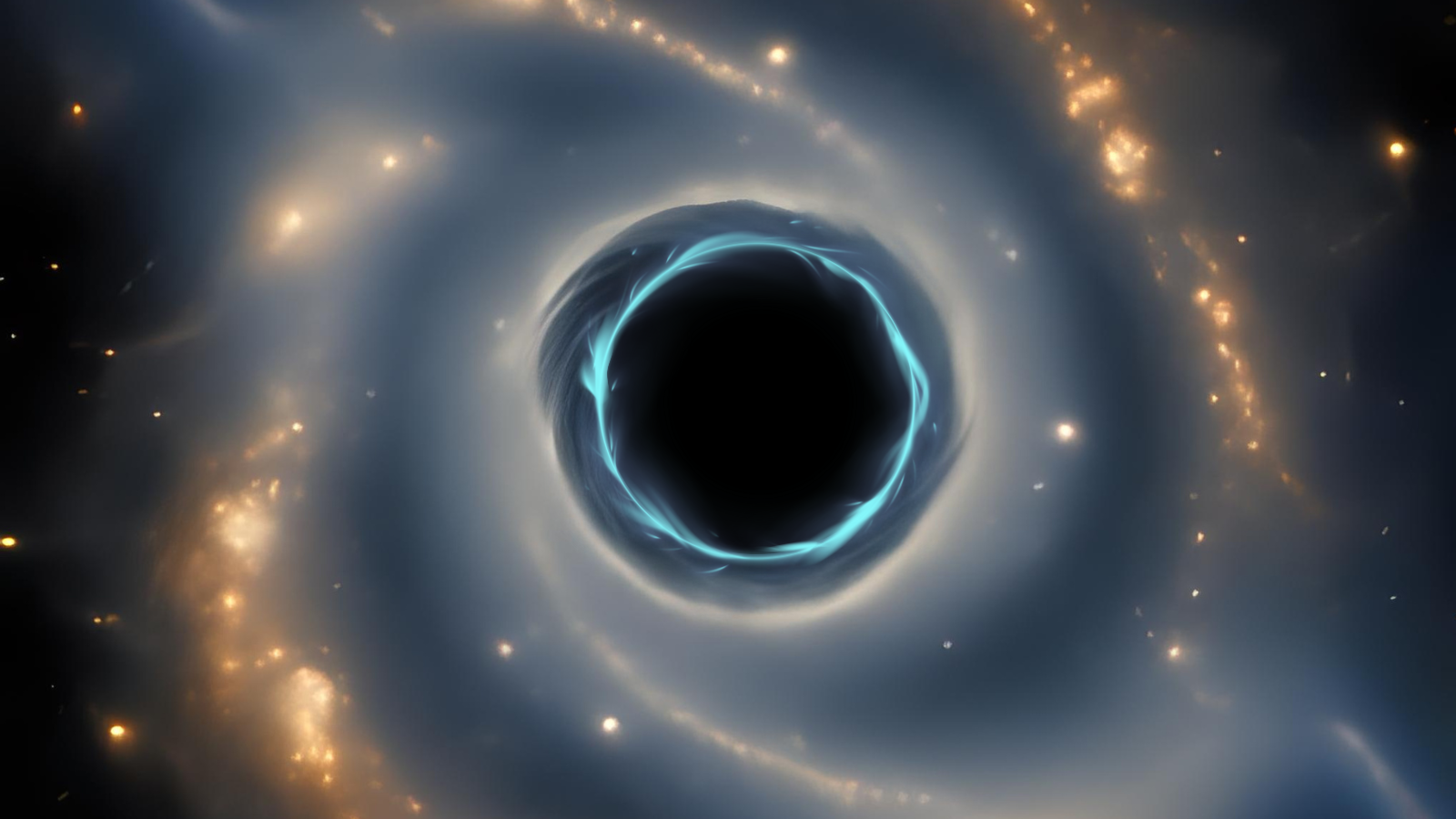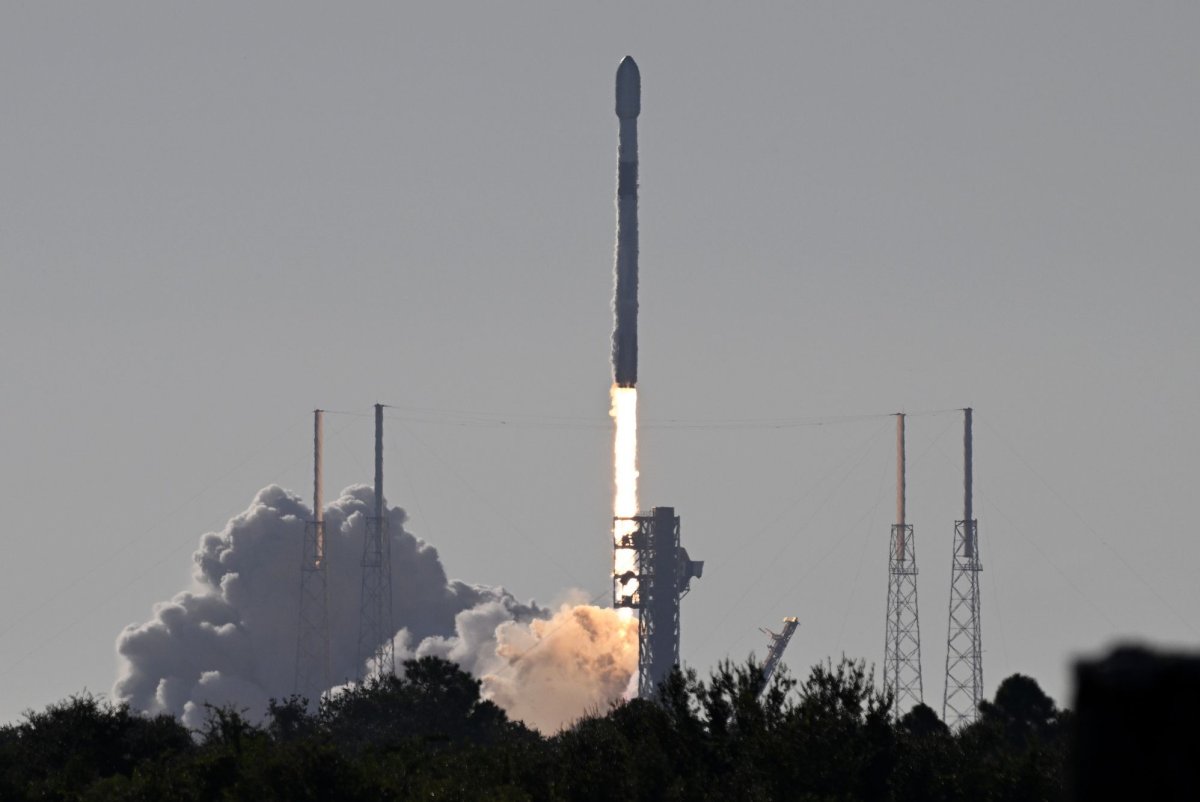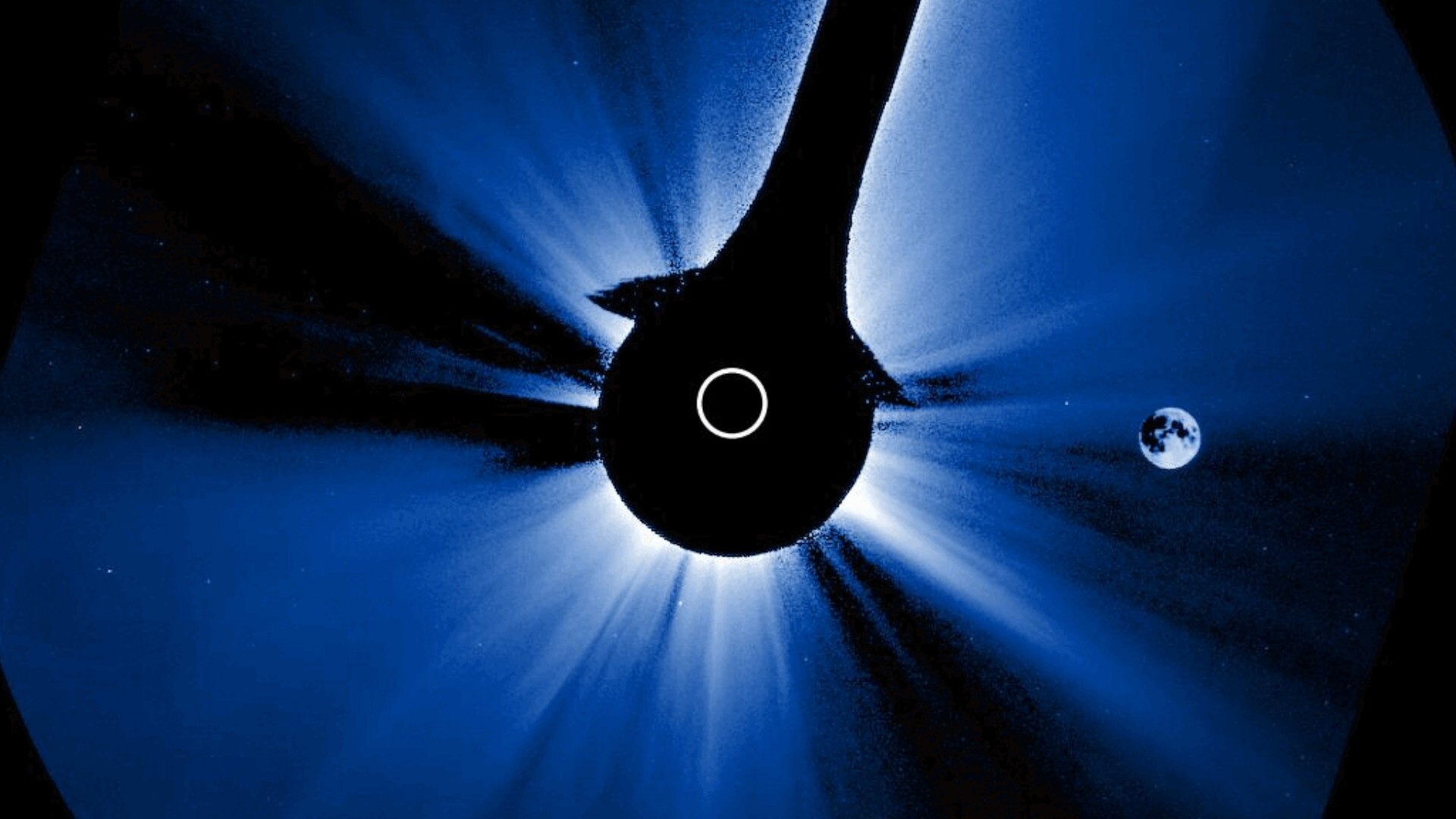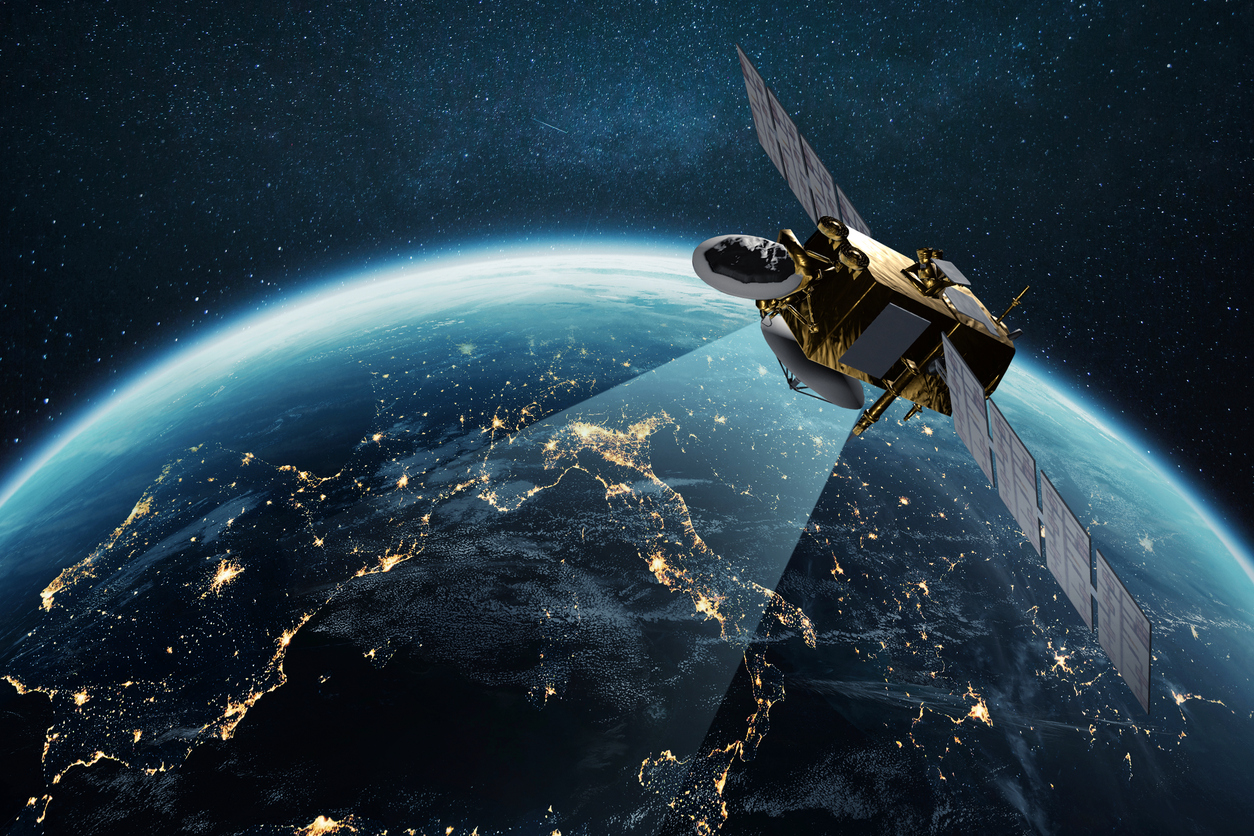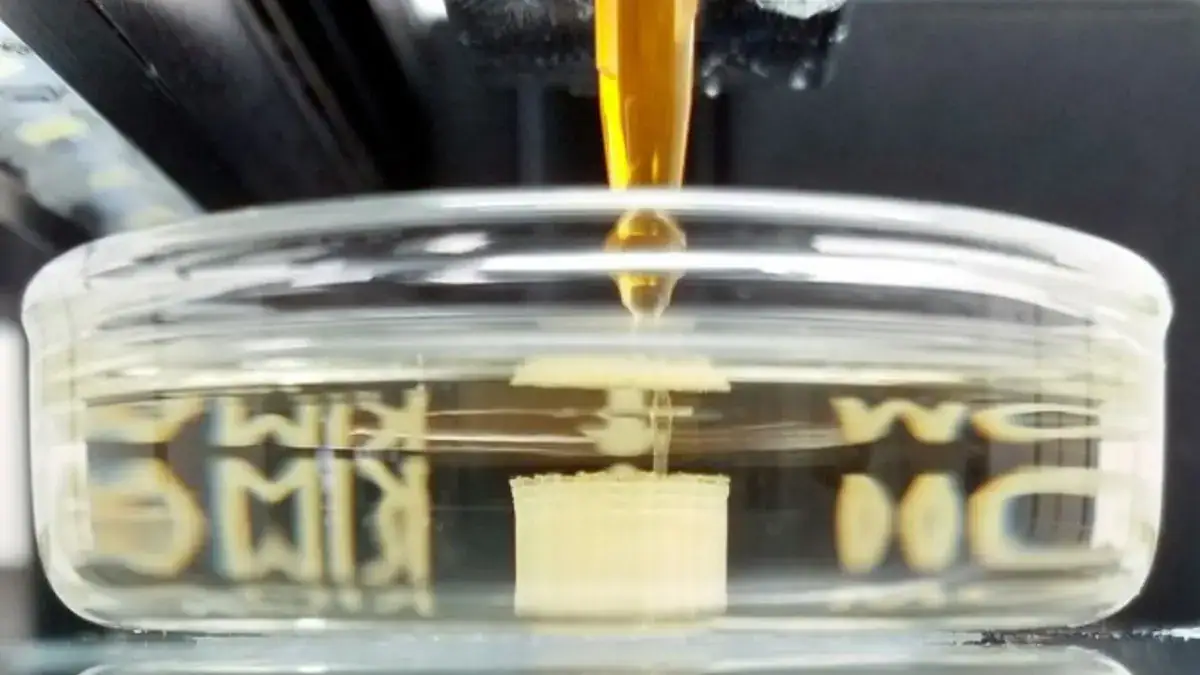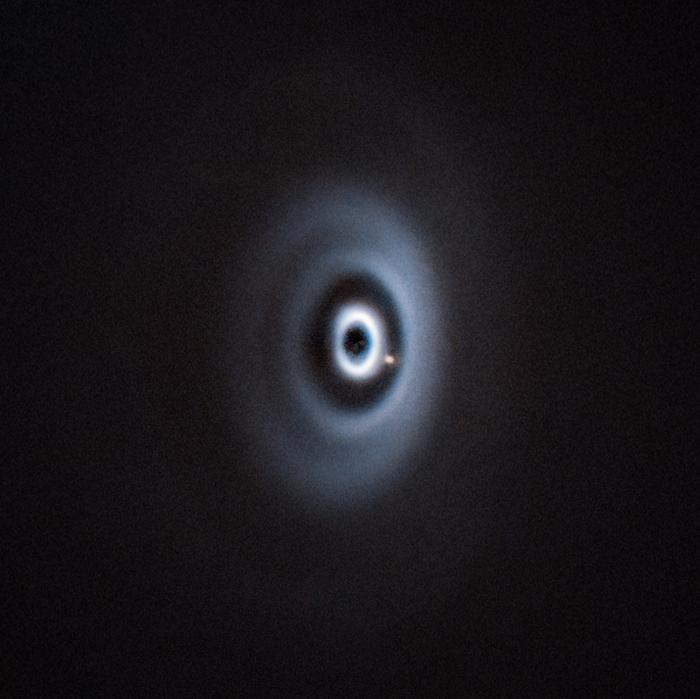Construction is underway of CHORD, the most ambitious radio telescope project ever built on Canadian soil. Short for the Canadian Hydrogen Observatory and Radio-transient Detector, CHORD will give astronomers an unprecedented opportunity to explore some of the most exciting and mysterious questions in astrophysics and cosmology, from Fast Radio Bursts (FRBs) and dark energy to the measurements of fundamental particles, and beyond.
“This telescope will be an order of magnitude more powerful than its predecessor, the CHIME telescope, and it will all be enabled by Canadian technology and expertise,” said Matt Dobbs, a professor of physics at McGill University and one of the project leads. It incorporates the latest advances in radio dish fabrication, electronics designed to minimize the amount of radio interference and digital signal processing by harnessing state-of-the-art computing technologies.
Launched in 2017, CHIME, the Canadian Hydrogen Intensity Mapping Experiment, placed Canadian scientists at the forefront of unravelling the mysteries of FRBs. A type of transient radio signal, FRBs last only a fraction of a second. They are caused by an astrophysical phenomenon not yet understood by scientists. FRBs originate far outside our galaxy and are highly energetic at their source, though by the time they reach Earth, the signal can be quite weak.
CHIME has detected thousands of FRBs since 2018, but CHORD is designed to be even more sensitive, allowing researchers to observe fainter signals and detect a broader range of frequencies. It will be able to detect thousands of FRBs in real time with unparalleled precision.
“CHORD’s increased frequency bands and sensitivity mean we can build on CHIME’s success as the most effective FRB-detecting instrument on Earth, helping us find more FRBs and understand them in greater detail,” said Kendrick Smith, who leads CHORD’s software design at Perimeter Institute for Theoretical Physics. “Eventually, once we have detected enough FRBs, we can make a statistical map of electrons in the universe.”
‘The first dish is the hardest’
In January, the team installed its first dish; the dishes continue to be rolled out, with about 50 expected by the end of this year. All of CHORD’s components – hardware, software and science campaigns – are to be brought together for a test run in fall 2025 using the first few dishes, before the system is built out to full capacity in 2027.
“The first dish is the hardest, since it requires all the pieces to be in place for the whole production: the facility, the staff, and the supply chain of materials,” said CHORD Collaboration project manager Dallas Wulf.
The telescope’s core array will be located at the National Research Council of Canada’s (NRC) Dominion Radio Astrophysical Observatory, near Penticton, British Columbia. There will also be two outrigger sites, smaller versions of the CHORD instrument located in northern California and central West Virginia, which will help pinpoint the exact galaxy from which the FRB signal emerged.
“The CHORD outrigger stations will dramatically enhance the scientific return of the project by enabling precise localizations for the FRBs detected by the core array,” said Juan Mena-Parra, a senior science group member for the instrument from the Dunlap Institute for Astronomy & Astrophysics at the University of Toronto. “This level of accuracy allows us to confidently identify the host galaxies and source environments of FRBs, key steps toward understanding their origins and unlocking their power as probes of the large-scale structure of the universe.”
A flagship for Canadian astronomy
Beyond unravelling the mysteries of FRBs, CHORD is also deepening partnerships with Canadian industry to design, build and produce the telescope on Canadian soil.
“One of the first things we did was to build an arena-sized factory, and we brought on a small army of technicians to work with young scientists and engineers,” Dobbs said. “Homegrown technology runs all up and down the instrument, with Canadians from different sectors and different provinces collaborating to build the foundations of making this breakthrough science possible.”
The NRC’s Herzberg Astronomy and Astrophysics Research Centre is behind some of the homegrown technology, including the pioneering single-piece reflectors used by CHORD.
“Dishes like this don’t exist off the shelf. To get the surface form that we needed, our team designed and fabricated everything by hand and on-site,” said Brian Hoff, NRC’s CHORD project manager. “The most complex part was maintaining the surface accuracy needed at each step of the process. Our design is both low-cost and highly reproducible, which is incredibly important when fabricating 640 dishes.”
The software and analytic tools are also Canadian designed. CHORD will gather an enormous amount of data from its surveys of the universe. Smith estimated it will collect more than a terabyte of data every second – approximately the data rate of the entire North American cell phone network. To sort through that amount of data will require powerful new software and algorithms suited to the task. Canadian researchers are leading the charge.
CHORD is supported by funding from the Canada Foundation for Innovation (CFI). Institutions involved in building the telescope are McGill University, the University of Toronto, the National Research Council, Perimeter Institute and the University of Calgary. Other CHORD partners are Queen’s University, the University of British Columbia and York University, together with Arizona State University, Italy’s Instituto Nazionale di Astrofisica, the Massachusetts Institute of Technology and West Virginia University.


